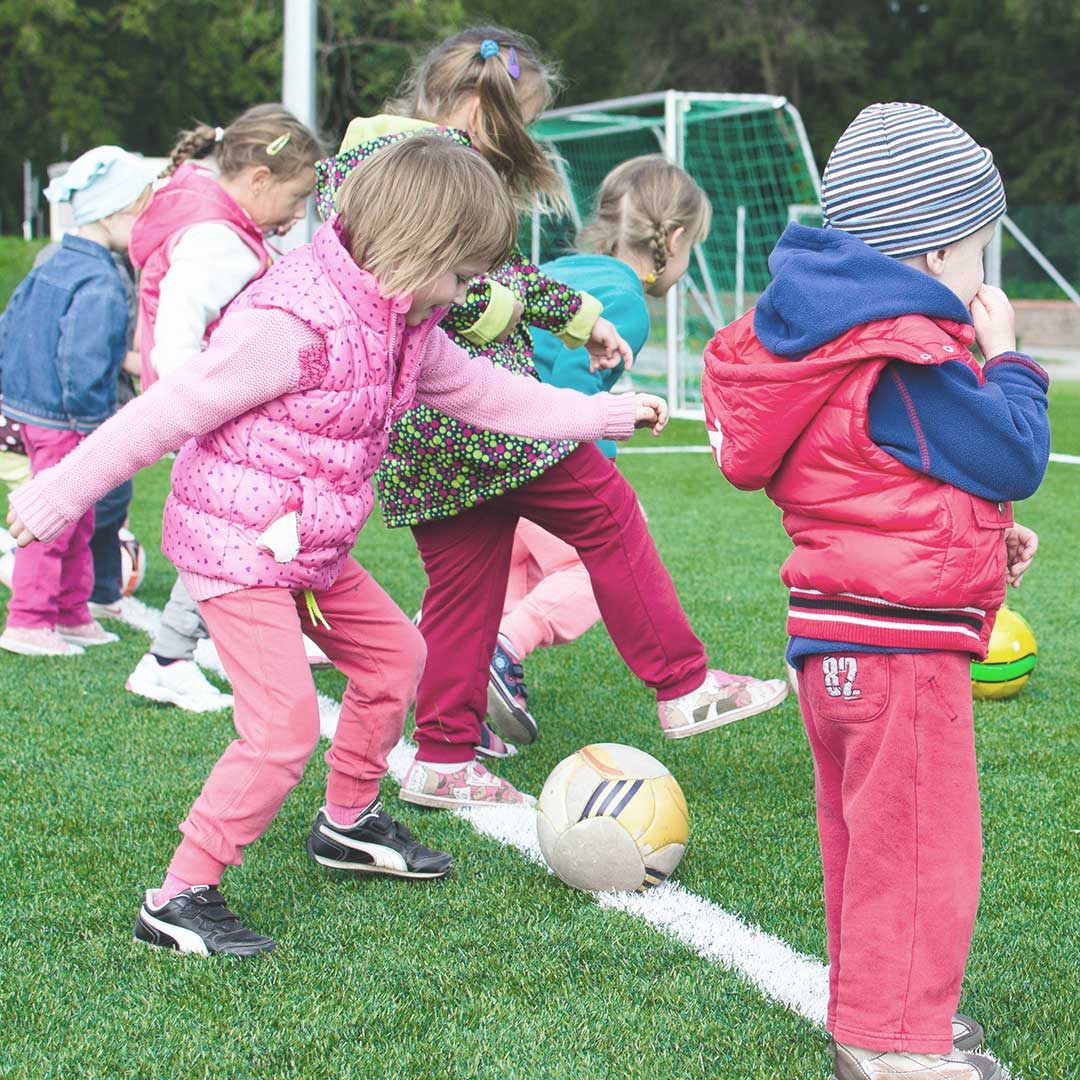Tips For The Back To School Sleep Transition: Routine is Everything
For many of you, school is starting in the next few weeks. That means earlier mornings, and potentially an earlier bedtime. Many families slowly migrate to a later bedtime during the summer. Days are longer, activities start later, and vacations have special rules. You can soften the effect of the back to school sleep transition by starting a few weeks ahead of time.
If you’ve allowed your child’s sleep to be all over the place during vacation, now is the time to reintroduce bedtime and morning routines. If you’re still struggling with this in general, now is a great time to get things organized before school starts. Learn about:
- Gradual transitions for back to school sleep
- The “cold turkey” approach
- Preschooler resistance
- Bedtime routines to help with back to school sleep transition
Option 1: Start the Back to School Sleep Transition Gradually
To help your child adjust to an earlier bedtime gradually, simply move bedtime up by 30 to 60 minutes at a time over the course of a few days or a week. Transition a child who has been going to bed at 9:00 p.m. over vacation, and needs to be in bed at 7:00 p.m., with gradual steps:
- Day 1: 8:30 p.m.
- Day 2: 8:00 p.m.
- Day 3: 7:30 p.m.
- Day 4: 7:00 p.m.
Make sure that you are starting the bedtime routine with ample time to get your child in bed on time at the NEW bedtime. School routines mean that your child needs to be awake earlier, so it’s necessary to encourage and nurture an earlier bedtime to ensure that she isn’t sleep deprived.
Option 2: Approach Back to School Sleep “Cold Turkey”
If your child has been sleeping later in the morning you’ll need to start with waking her earlier that day so that she can go to bed earlier that night.
With this approach, the night you change the routine, you would start your child’s bedtime routine early. That would put her in bed early compared to the vacation bedtime.
As an example, start with a school-appropriate wake-up time. Then that night, start the bedtime routine early enough that they’ll be in bed by around 7:00.
This isn’t my favorite method, but it works for some.

Avoid Sleep Deprivation
What if you have no idea what time your child should actually be going to sleep? I find that many times parents grossly underestimate the amount of sleep their child actually needs. In fact, it’s incredibly important that parents make sure the kids get enough sleep. Sleep deprivation in children can negatively affect learning and behavior.
To figure out how much sleep your child needs, you just need to do some math. Preschoolers need an average of 11 hours of nighttime sleep. That’s a lot of sleep! So if your child has to get up at 6:30 a.m. to catch the bus on time, that means that she will need to be in bed ASLEEP by 7:30 p.m.
Wondering more about sleep schedules?
Read: Baby and Child Sleep: Sample Schedules From 6 Months to Preschool
What if My Preschooler is Having Trouble Getting Up?
If you’re working to migrate bedtime, but getting resistance, you may want to consider waking your child at the time she will need to be up for school. This will help to facilitate migrating to an earlier bedtime as well. If you have a bit of time, you can even make waking up part of the daily routine, and use that extra time to do something special before the school year starts.
I’ve said it before, and I’ll say it again: children thrive on routine, especially when it comes to sleep. Even older, school-aged children need a solid bedtime routine, although it may be different from a baby’s. For older children, creating a solid bedtime routine will not only prepare your child for sleep, but it will also help her to relax before actually falling asleep.
Child won't sleep and you don't know where to start?
There is a gentle, proven method to get a good night's sleep for you and your child...
Start your Evening Routine Early
You may be surprised to find that for school-aged children, the entire evening routine is important. This includes dinner. Did you know that it takes children longer to digest a meal than adults? Give your child’s tummy a head start and aim for a dinner time that is approximately two hours before bedtime.
Eliminate caffeine in the afternoon and evening to help allow your child to become tired and more ready for sleep.
Having trouble getting your child to go to sleep on their own?
Read: Gentle Sleep Training with The Sleep Lady Shuffle

Create a Simple Bedtime Routine
Once it’s time to get ready for bed, it’s important to rely on a soothing routine to help signal that it’s time to wind down and sleep. If you haven’t established a bedtime routine, now is the time. Choose 3-4 items that should happen every night. This may include a bath, brushing teeth, laying out clothes/shoes/backpack for the next day, song, and/or story.
Once you’ve figured out your daily routine — including mornings — you can focus more on bedtime and helping your children get good quality sleep. They’ll perform better in school and behave better at home if you do. In addition to the tips above, don’t forget to:
- Turn off electronics at least an hour before bed. The light produced by television, computers, smart phones, tablets, etc. can actually inhibit the production of melatonin, which can make it difficult to fall asleep.
- Make sure to get some fresh air and allow your child to expend some energy in the late afternoon. This can be a challenge if your child has homework, but even 30 minutes of active, outdoor time can help your child achieve a more restful sleep.
- Stop rough play at least an hour before bed. Rough housing is stimulating, which is not indicative of restful sleep.
- Encourage quiet activities, such as puzzles, books, or even building toys in the hours leading up to bed. Once homework is done, encourage quiet play to help your child wind down.
Want to read more about bedtime routines?
Read: Bedtime Routine For Toddlers — Soothing And Predictable
Routines Help Children Feel Comfortable During a Transition
School is a big adjustment for children, even if it’s “just” preschool. It’s a period of turmoil. She’ll experience routine changes, new expectations, and less “free” time. Make sure that you’re encouraging positive habits. Quality down time after school and a solid sleep routine will help, even if that means making the change over the course of a few weeks.
Once the back to school sleep transition is over, you’ll have a rested child. They will perform better in school, and be far more calm than an overtired child who needs quality sleep.



